Filter by
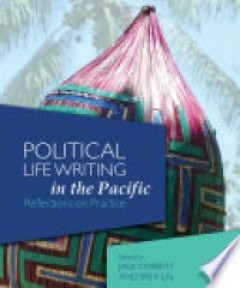
Political Life Writing in the Pacific : Reflections on Practice
This book aims to reflect on the experiential side of writing political lives in the Pacific region. The collection touches on aspects of the life writing art that are particularly pertinent to political figures: public perception and ideology; identifying important political successes and policy initiatives; grappling with issues like corruption and age-old political science questions about le…
- Edition
- -
- ISBN/ISSN
- 9781925022612
- Collation
- 180p
- Series Title
- -
- Call Number
- 324.2092
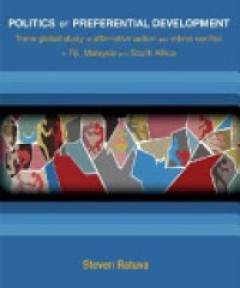
Politics of preferential development : Trans-global study of affirmative acti…
The book is a critical examination of affirmative action, a form of preferential development often used to address the situation of disadvantaged groups. It uses a trans-global approach, as opposed to the comparative approach, to examine the relationship between affirmative action, ethnic conflict and the role of the state in Fiji, Malaysia and South Africa. While affirmative action has noble g…
- Edition
- -
- ISBN/ISSN
- 9781925021035
- Collation
- 282p
- Series Title
- -
- Call Number
- 305.8
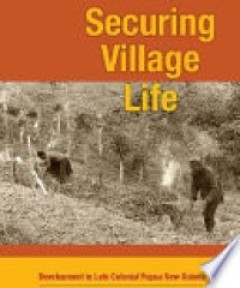
Securing Village Life : Development in Late Colonial Papua New Guinea
Securing Village Life: Development in Late Colonial Papua New Guinea examines the significance for post-World War II Australian colonial policy of the modern idea of development. Australian officials emphasised the importance of bringing development for both the colony of Papua and the United Nations Trust Territory of New Guinea. The principal form that development took involved securing small…
- Edition
- -
- ISBN/ISSN
- 9781922144850
- Collation
- 318p
- Series Title
- -
- Call Number
- 338.9009953
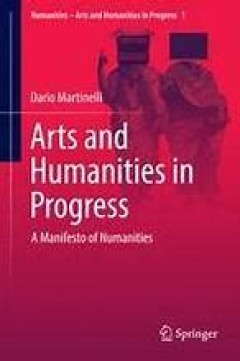
Arts and Humanities in Progress
The book aims to introduce a research concept called "Numanities", as one possible attempt to overcome the current scientific, social and institutional crisis of the humanities. Such crisis involves their impact on, and role within, society; their popularity among students and scholars; and their identity as producers and promoters of knowledge. The modern western world and its economic poli…
- Edition
- 1
- ISBN/ISSN
- 978-3-319-45553-2
- Collation
- Kesehatan
- Series Title
- -
- Call Number
- 613
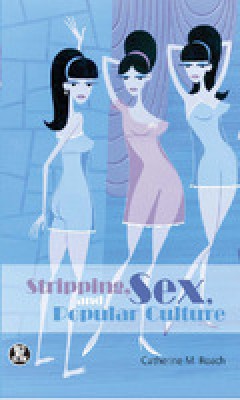
Stripping, Sex, and Popular Culture
At the heart of Stripping, Sex, and Popular Culture lies a very personal story, of author Catherine Roach's response to the decision of her life-long best friend to become an exotic dancer. Catherine and Marie grew up together in Canada and moved to the USA to enroll in PhD programs at prestigious universities. For various reasons, Marie left her program and instead chose to work as a stripper.…
- Edition
- Ed. 1
- ISBN/ISSN
- 9781847883476
- Collation
- 224
- Series Title
- Dress, Body, Culture,
- Call Number
- 300 ROA s

Surveillance | Society | Culture
What only a few decades ago would have been considered a totalitarian nightmare seems to have become reality: Surveillance practices and technologies have infiltrated all aspects of our lives, forcing us to reconsider established notions of privacy, subjectivity, and the status of the individual in society. The United States is central to contemporary concerns about surveillance. American compa…
- Edition
- Ed. 1
- ISBN/ISSN
- 9783631802366, 9783631802373
- Collation
- 246
- Series Title
- Contributions to English and American Literary Studies (CEALS), 3
- Call Number
- 320 SUR s

Estonian Approaches to Culture Theory
The fourth volume in the Approaches to Culture Theory series is a contemporary Estonian anthology in culture theory. Most of the authors are members of the research groups of the Centre of Excellence in Cultural Theory: archaeology, cultural communication studies, contemporary cultural studies, ethnology, folkloristics, religious studies, landscape studies, and semiotics. These scholars have re…
- Edition
- Ed. 1
- ISBN/ISSN
- 9789949326143
- Collation
- 335
- Series Title
- pproaches to Culture Theory, 4
- Call Number
- 400 LAN e
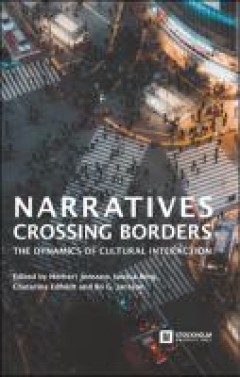
Narratives Crossing Borders: The Dynamics of Cultural Interaction
Which is the identity of a traveler who is constantly on the move between cultures and languages? What happens with stories when they are transmitted from one place to another, when they are retold, remade, translated and re-translated? What happens with the scholars themselves, when they try to grapple with the kaleidoscopic diversity of human expression in a constantly changing world? These a…
- Edition
- Ed. 1
- ISBN/ISSN
- 9789176351406, 9789176351413
- Collation
- 471
- Series Title
- Stockholm Studies in Culture and Aesthetics, 8
- Call Number
- 370 NAR n
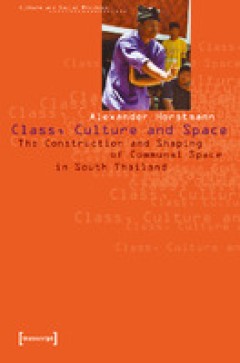
Class, Culture and Space: The Construction and Shaping of Communal Space in S…
In the present social and cultural transformation of South Thailand's cultural politics, ideologies involving the family, gender and home provide the cultural codes in social dramas of the state, the media and social and religious movements. This study looks at micropolitics and the nesting of the political action of everyday life in larger, ultimately global structures of power. Exploring the …
- Edition
- Ed. 1
- ISBN/ISSN
- 9783933127518
- Collation
- 204
- Series Title
- Kultur und soziale Praxis
- Call Number
- 306.07 HOR c
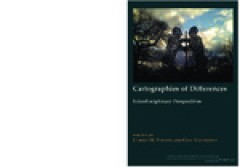
Cartographies of Differences: Interdisciplinary Perspectives
This volume investigates the process of learning how to live with individual and group differences in the twenty-first century and examines the ambivalences of contemporary cosmopolitanism. Engaging with the concept of ‘critical cartography’, it emphasizes the structural impact of localities on the experiences of those living with difference, while trying to develop an account of the counte…
- Edition
- Ed. 1
- ISBN/ISSN
- 9783035397000; 9783034318594
- Collation
- 240
- Series Title
- New Visions of the Cosmopolitan
- Call Number
- 306.07 CAR c
 Computer Science, Information & General Works
Computer Science, Information & General Works  Philosophy & Psychology
Philosophy & Psychology  Religion
Religion  Social Sciences
Social Sciences  Language
Language  Pure Science
Pure Science  Applied Sciences
Applied Sciences  Art & Recreation
Art & Recreation  Literature
Literature  History & Geography
History & Geography